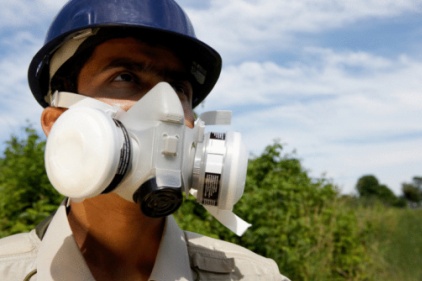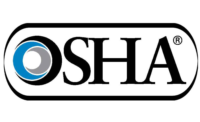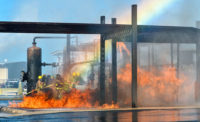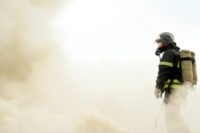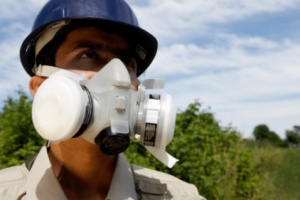 Even when respirator use is not required in certain situations, OSHA and State OSHA agencies require employers to meet certain obligations for workers who voluntarily wear respirators on the job.
Even when respirator use is not required in certain situations, OSHA and State OSHA agencies require employers to meet certain obligations for workers who voluntarily wear respirators on the job.
Most workers who wear respirators use them because they are required to do so by their employer to protect them from airborne hazards.
However, there are some situations where you may want to wear a respirator even though respirator use is not required by your employer or an OSHA standard. For example, you might request to wear a respirator to avoid exposure to an airborne hazard, even if the amount of the hazardous substance does not exceed the limits set by OSHA standards.
Another example where you might want to voluntarily use a respirator would be to reduce exposure and increase comfort when working in a non-hazardous but dusty situation; for example, sweeping a shop floor. If your employer permits you to wear a respirator where it is not required, it is considered voluntary respirator use.
Before you can voluntarily use a respirator, your employer must ensure that its use does not present a health hazard to you. To do this, your employer must implement certain elements of a written respiratory protection program necessary to ensure that any worker using a respirator voluntarily is medically able to use that respirator.
In addition, your employer must ensure that the respirator is properly cleaned, stored and maintained so that its use does not present a health hazard to you.
However, employers do not have to develop and implement a written respiratory protection program when workers only use filtering facepiece respirators voluntarily.
If you will be voluntarily using a respirator, your employer is also required to provide you with a copy of Appendix D of OSHA's Respiratory Protection Standard or the equivalent State OSHA agency document. This document contains certain precautions you should take when wearing a respirator voluntarily. In general, Appendix D advises you:
- to read and follow the manufacturer's instructions provided with the respirator. These instructions include information on how to properly use, maintain, and care for the respirator, along with warnings on the capabilities and limitations of the respirator;
- to choose respirators that have been certified by NIOSH for protection against the contaminant of concern;
- to keep track of your respirator so that you do not use someone else's respirator by mistake; and
- not to wear your respirator in areas with contaminants that the respirator is not designed to protect against. For example, remember that a particulate respirator does not protect you against gases, vapors and the non-particulate components of fumes, mists, fogs, smoke and sprays.
Remember, voluntary use is only permitted when your employer has determined that there is no airborne hazard that would require the use of a respirator.
